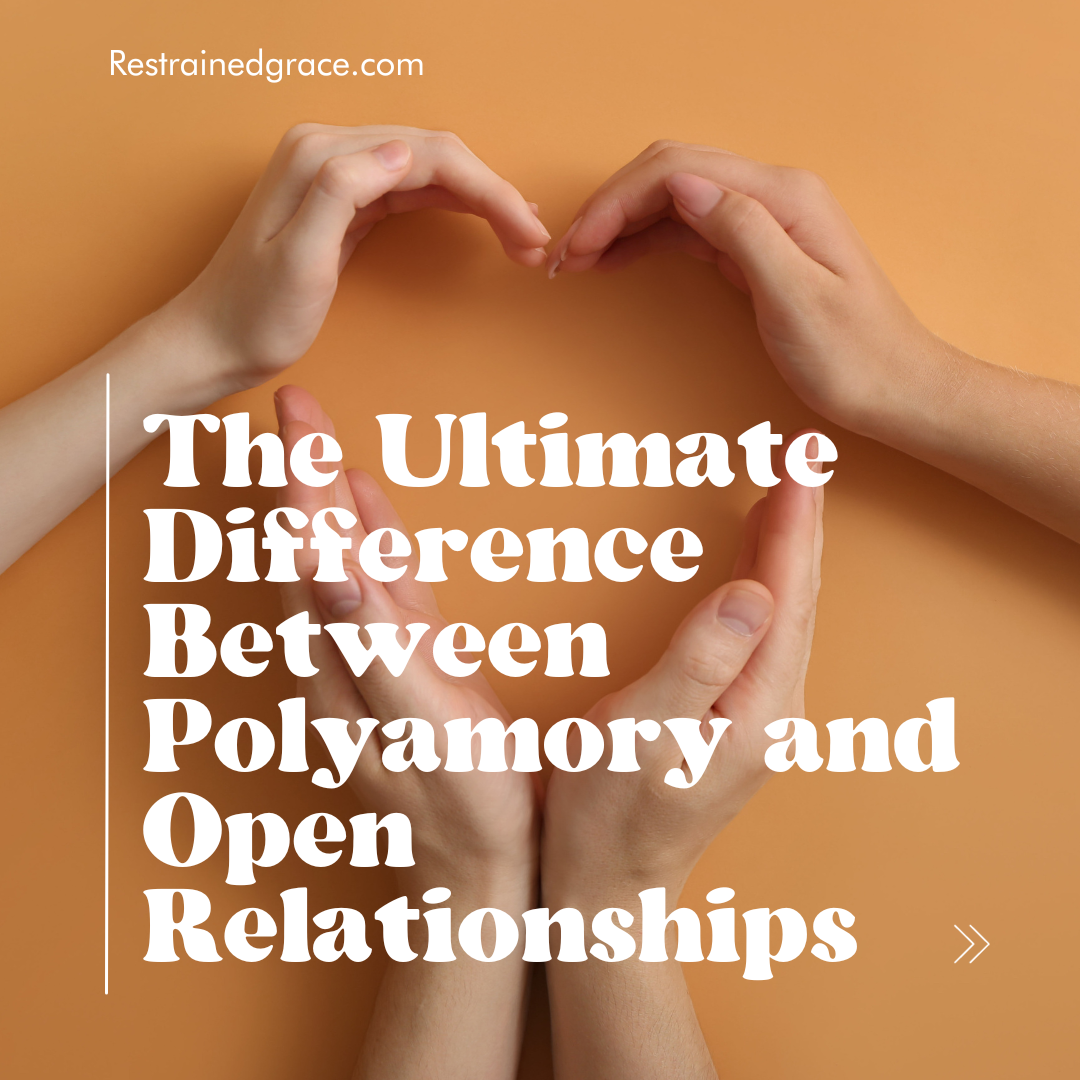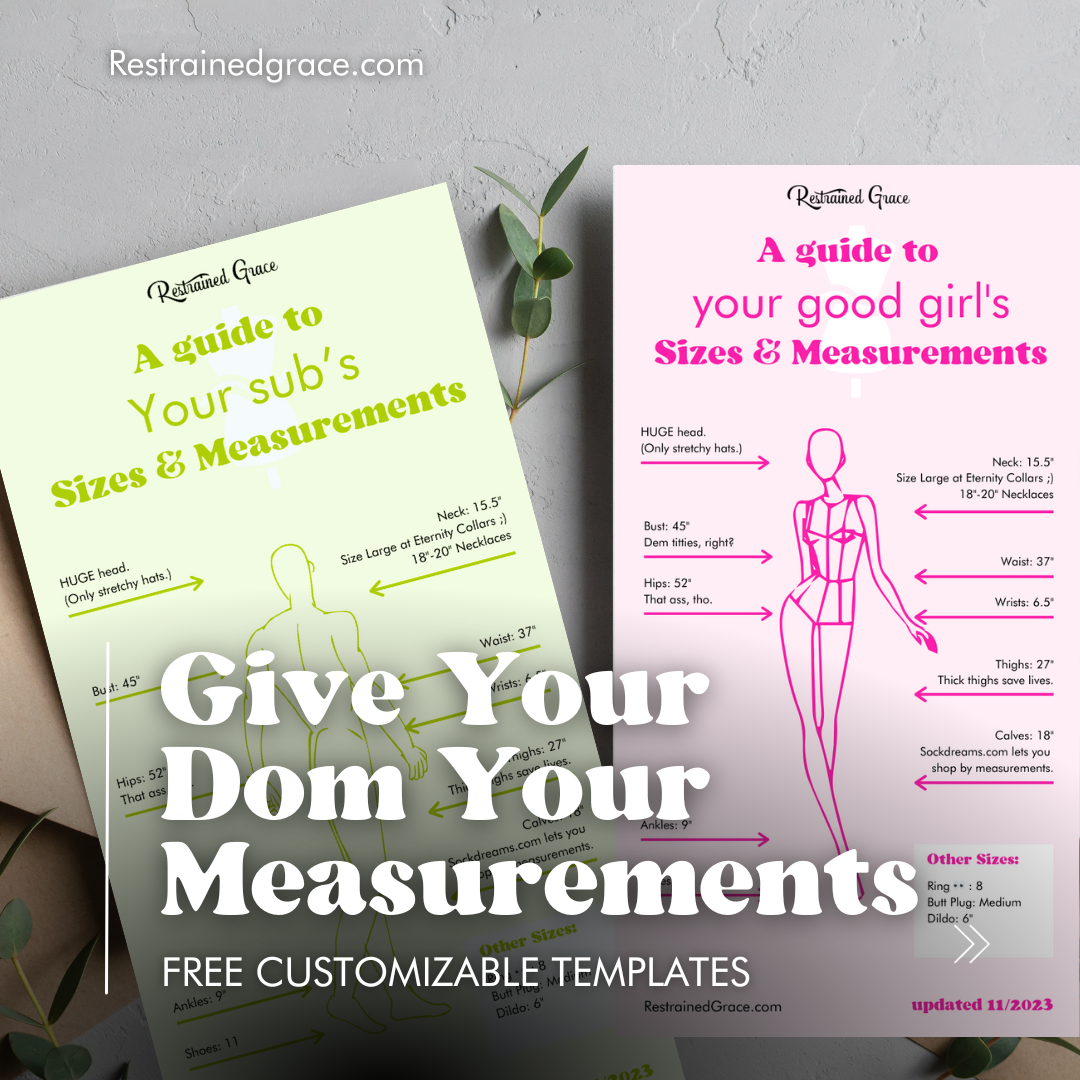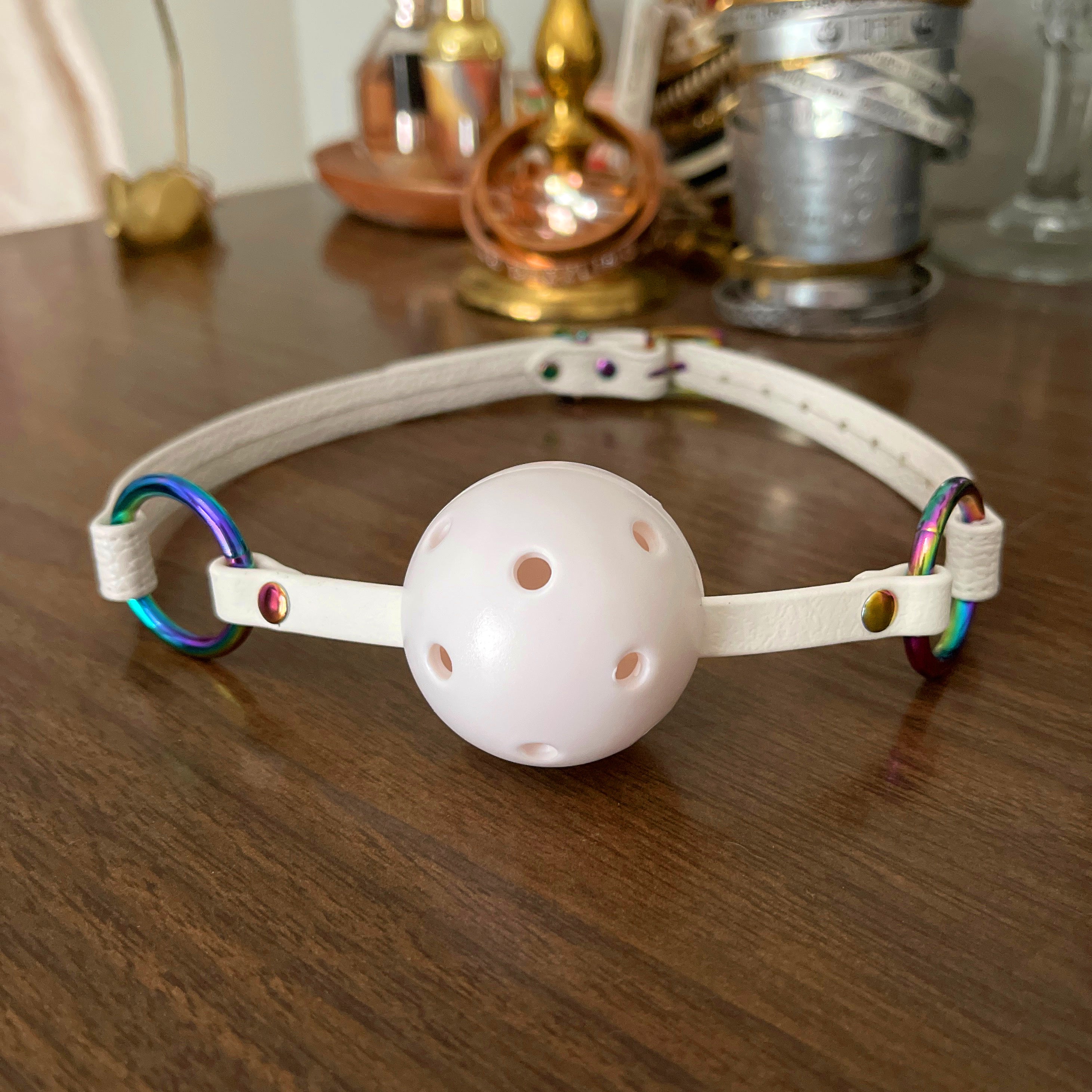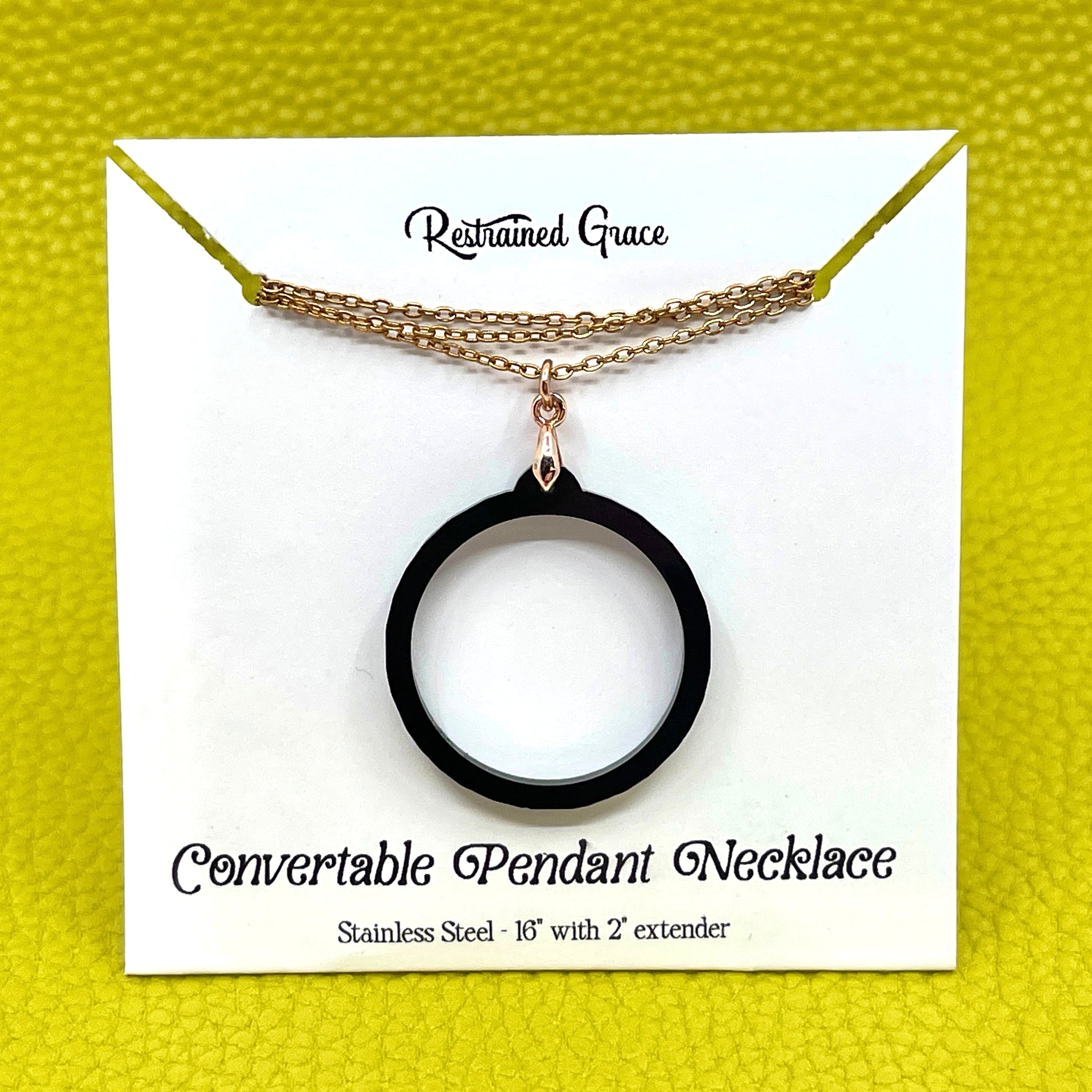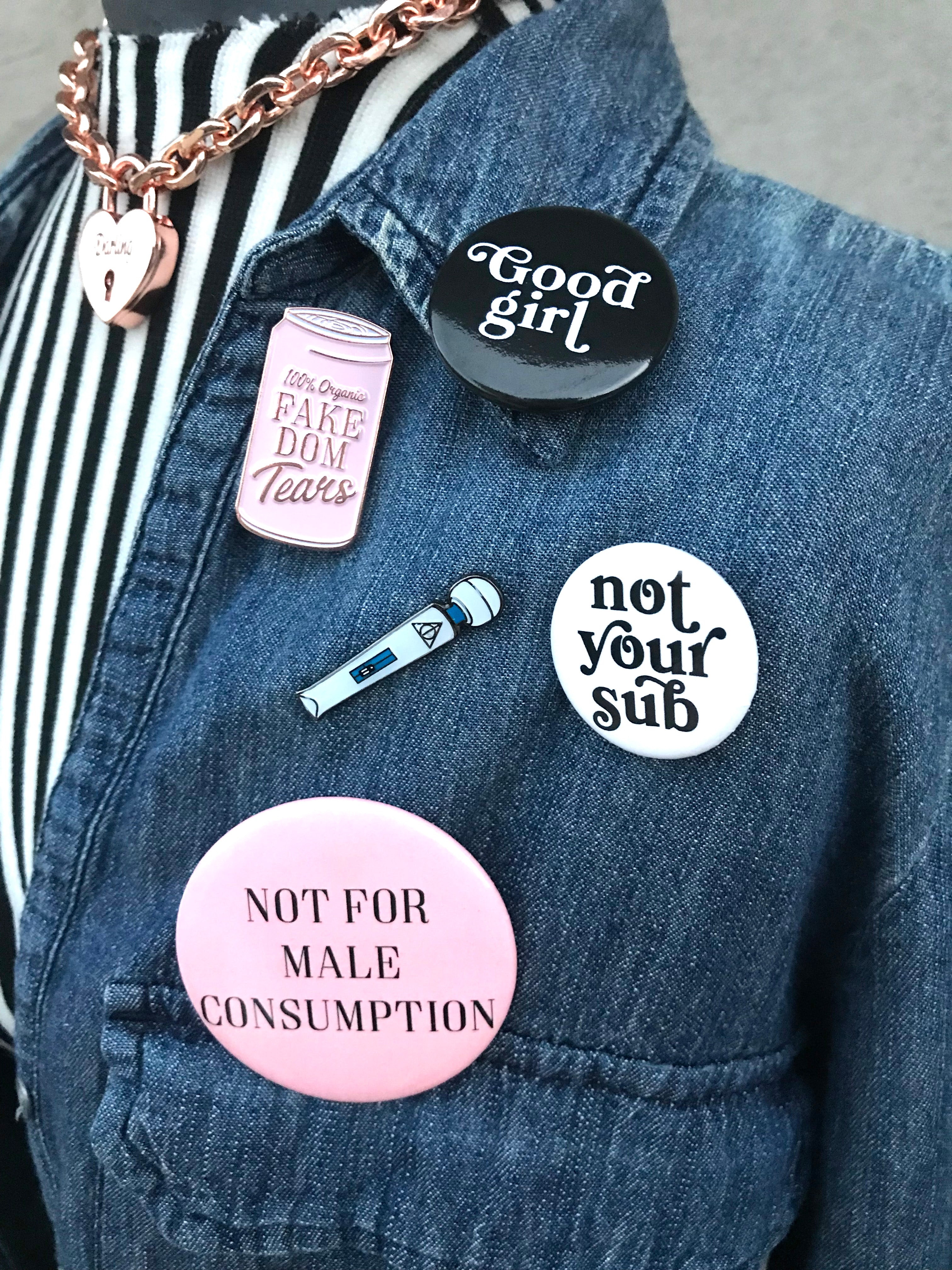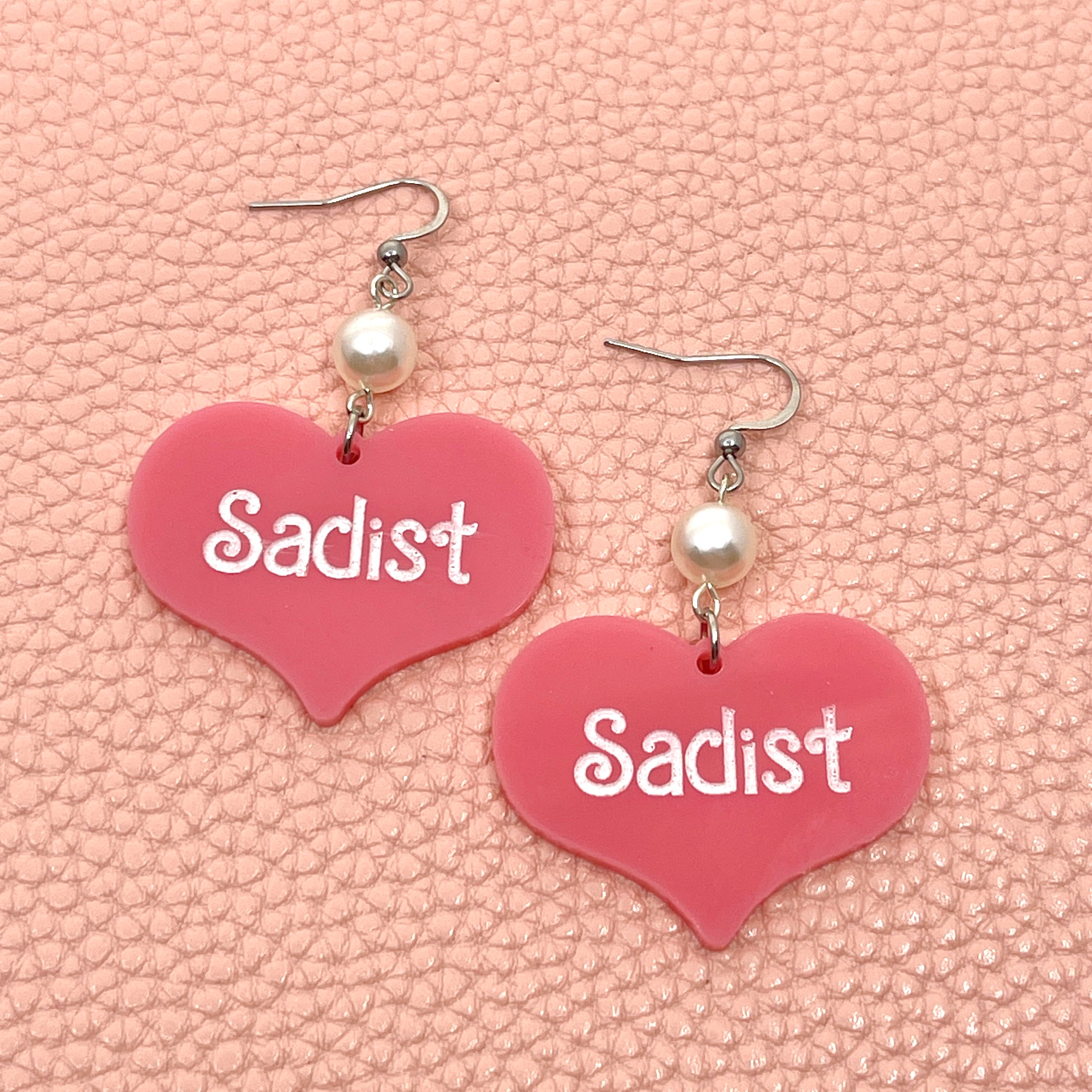When it comes to non-monogamous relationships, there are various terms and labels that can be confusing to navigate. Two common terms that are often conflated and confused are polyamory and open relationships. While both fall under the umbrella of non-monogamy, they have distinct differences that matter very much to the parties involved. We'll start with some definitions.
What is Polyamory?
Polyamory is the practice of having multiple romantic relationships with the knowledge and consent of all parties involved. It is based on the idea that it's possible to love and be emotionally and romantically involved with more than one person at the same time. Polyamorous relationships can involve any combination of genders and sexual orientations.
What is an Open Relationship?
An open relationship, on the other hand, is a non-monogamous relationship where partners are free to engage in sexual relationships with others outside of their primary partnership. Unlike polyamory, open relationships typically focus more on the physical aspect of relationships rather than emotional connections. The primary partnership remains the central focus, and the additional relationships are often seen as casual or purely sexual.
The Key Differences
While both polyamory and open relationships involve non-monogamy, there are a few key differences that set them apart:
Emotional Connections
Polyamory emphasizes the development of emotional connections and romantic relationships with multiple partners. In polyamorous relationships, you may have deep emotional connections and love for multiple partners, and these relationships are often long-term and committed. In open relationships, the focus is primarily on sexual relationships with others, and emotional connections may be less emphasized or even discouraged.
Communication and Consent
Both polyamory and open relationships require open and honest communication, but the level of communication and consent will vary from relationship to relationship. In polyamorous relationships, all parties involved are aware of and consent to the multiple relationships. There is often a high level of communication and negotiation to ensure that everyone's needs and boundaries are respected. In open relationships, the primary partnership may have more control over the additional relationships, and the level of communication and consent may vary depending on the agreements made between partners.
Commitment and Structure
Polyamorous relationships often involve committed partnerships with multiple people, and there may be a sense of hierarchy or structure within the relationships. For example, someone may have a primary partner and secondary partners, with different levels of commitment and involvement. Open relationships, on the other hand, typically have a primary partnership as the central focus, and the additional relationships may be more casual or less structured.
Choosing the Right Non-Monogamous Relationship
Deciding between polyamory and an open relationship is a personal choice that depends on individual preferences and relationship goals. It is essential to have open and honest conversations with your partner(s) to determine what type of non-monogamy aligns with your values and desires. Remember, there is no one-true-way to be in a relationship, and what works for one person or couple may not work for another.
At the end of the day, while both polyamory and open relationships fall under the non-monogamy umbrella, they have distinct differences. Polyamory focuses on emotional connections and multiple romantic relationships, while open relationships prioritize sexual relationships outside of the primary partnership. Understanding these differences can help you navigate the world of non-monogamy and find the relationship style that suits you best.

